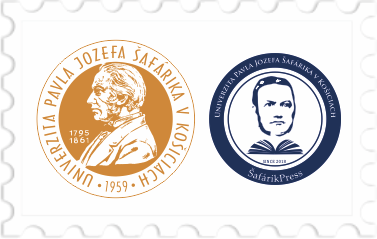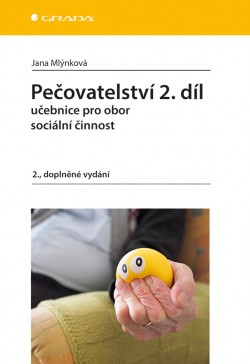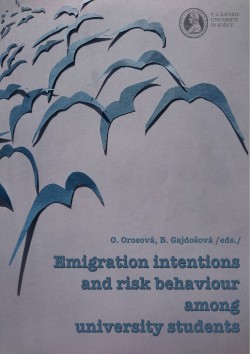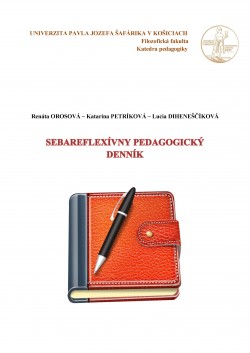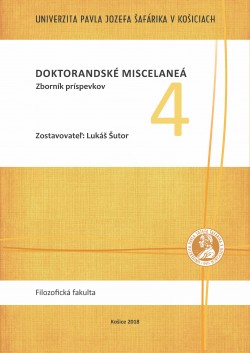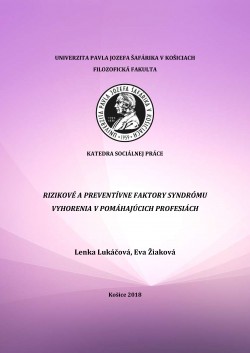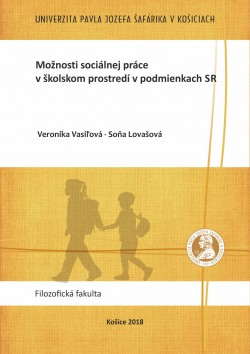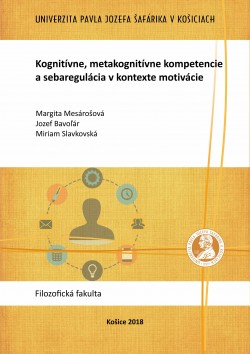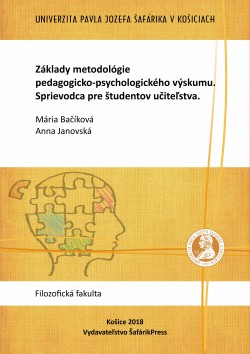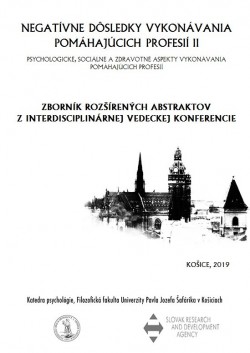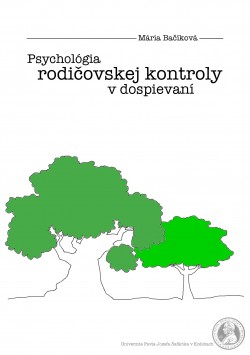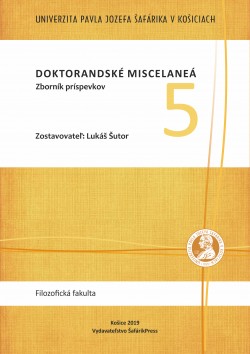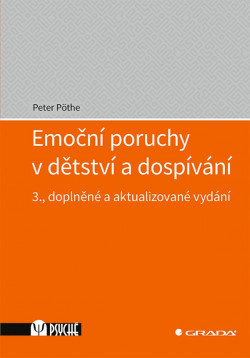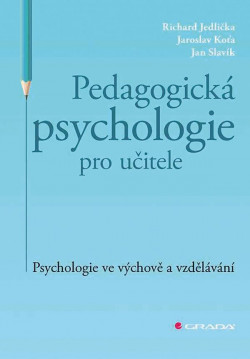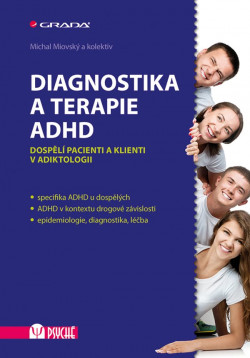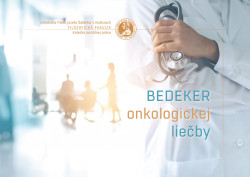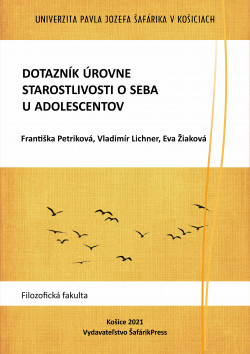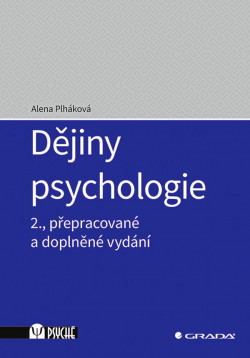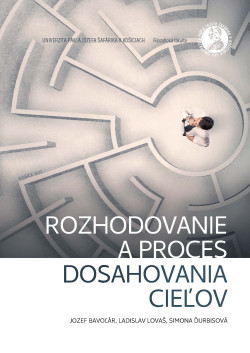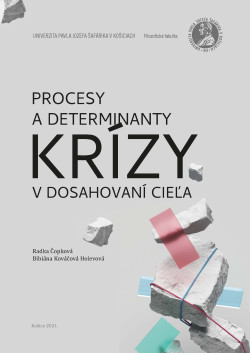No products
Product successfully added to your shopping cart
There are 0 items in your cart. There is 1 item in your cart.
Pokročilé štatistické metódy v behaviorálnych a sociálnych vedách
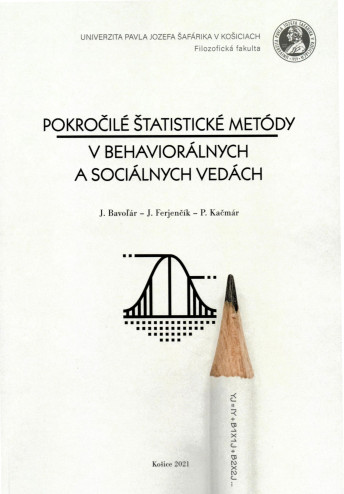
Jozef Bavoľár , Ján Ferjenčík , Pavol Kačmár
978-80-574-0021-9
Printed publications - for sale
Kľúčové slová:
Data sheet
| Authors: | Jozef Bavoľár , Ján Ferjenčík , Pavol Kačmár |
| Year of publication: | 2021 |
| Edition: | 1st edition |
| Document type: | Textbook |
| Publication language: | Slovak |
| Number of pages: | 460 |
| Vydavateľ | UPJŠ v Košiciach Vydavateľstvo ŠafárikPress |
| Faculty: | Faculty of Arts |
| Department: | Department of Psychology |
More info
The textbook of advanced statistical methods in behavioral and social sciences is intended for students of these sciences, as well as for those who meet in their research practice by solving moderately demanding research questions, for which knowledge of basic statistical methods is not sufficient. The textbook builds on them, but its core is statistical methods focusing mainly on capturing multivariate relationships. The introductory chapter presents the basic principles of testing null hypotheses as the basis of the presented methods, while taking into account the latest trends aimed at openness and replicability of research. Each of the following chapters is devoted to a selected method or group of methods. In the introductory chapters, these are linear and logistic regressions, followed by investigation of mediation and moderation effects. The second major part includes methods of group comparison, where various alternatives of analysis of variance (one-way, more-way, for independent samples, repeated, mixed), their nonparametric alternatives, multivariate analysis of variance and analysis of covariance are explained. In the final chapters, firsttly two methods are presented capturing similarities or relationships between objects (cluster analysis, factor analysis), then the principles of modeling by structural equations are presented. Each chapter, after explaining the purpose of the method and its basic principles, demonstrates its use on a specific example, there are also instructions for the calculation of three statistical programs - SPSS, Jam and JASP. The authors strive to provide a textbook where those interested, even without a deeper mathematical basis, will be able to understand the presented statistical procedure, choose the most suitable one for them, and then use it on their data.
